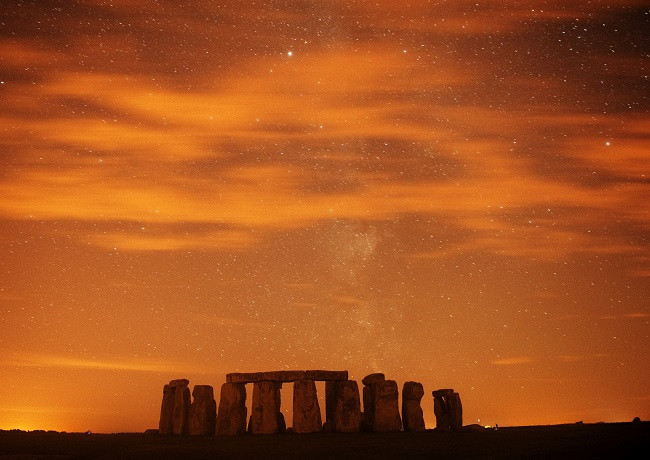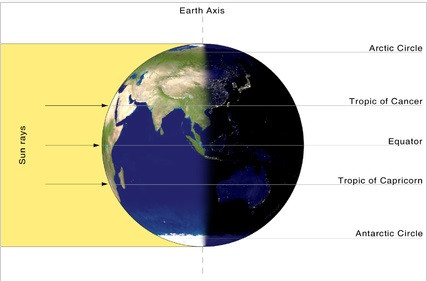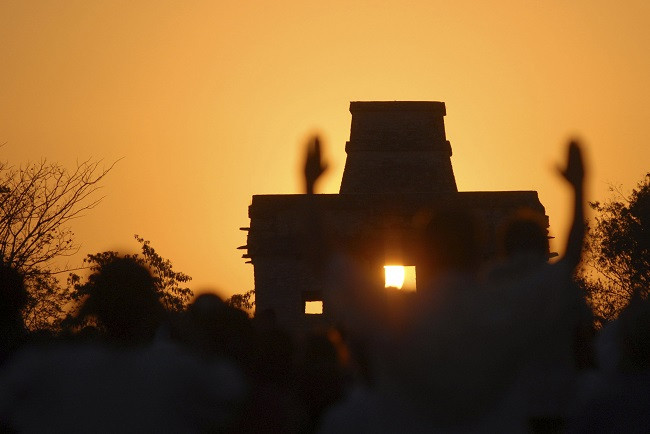Spring Equinox March 20 2014: What Is It?

Tomorrow marks the arrival of spring, the date of the vernal equinox, or spring equinox as it is known in the northern hemisphere.

This means the sun will rise exactly in the east and travel through the sky for 12 hours before setting exactly in the west.

An equinox happens twice a year around March 20 and September 22 when the Earth's equator passes through the centre of the sun.
The Earth's North and South poles are not tilted toward or away from the sun and the length of the day is the same across the Earth.
For those in the southern hemisphere, this time is the autumnal equinox that is taking people into their winter.
English Heritage have confirmed open access to Stonehenge pending weather conditions tomorrow. Access will be from 05:45am until 08:30am.
Druids and Pagans like to gather at Stonehenge early in the morning to mark the Spring Equinox, to see the sunrise above the stones.
The Pagans consider this is the time of the ancient Saxon goddess, Eostre, who stands for new beginnings and fertility. This is why she is symbolized by eggs (new life) and rabbits/hares (fertility). Her name is also where we get the female hormone, oestrogen.
From Eostre also come the names "Easter" and "Esther" the Queen of the Jews, heroine of the annual celebration of Purim which was held on March 15. At Easter, Christians rejoice over the resurrection of Jesus after his death, mimicking the rebirth of nature in spring after the long death of winter.
It is also a time to cleanse your immune system with natural remedies. In Wiltshire and other parts of rural Britain it used to be tradition to drink dandelion and burdock cordials as the herbs help to cleanse the blood and are a good tonic for the body after a harsh winter.

© Copyright IBTimes 2025. All rights reserved.






















